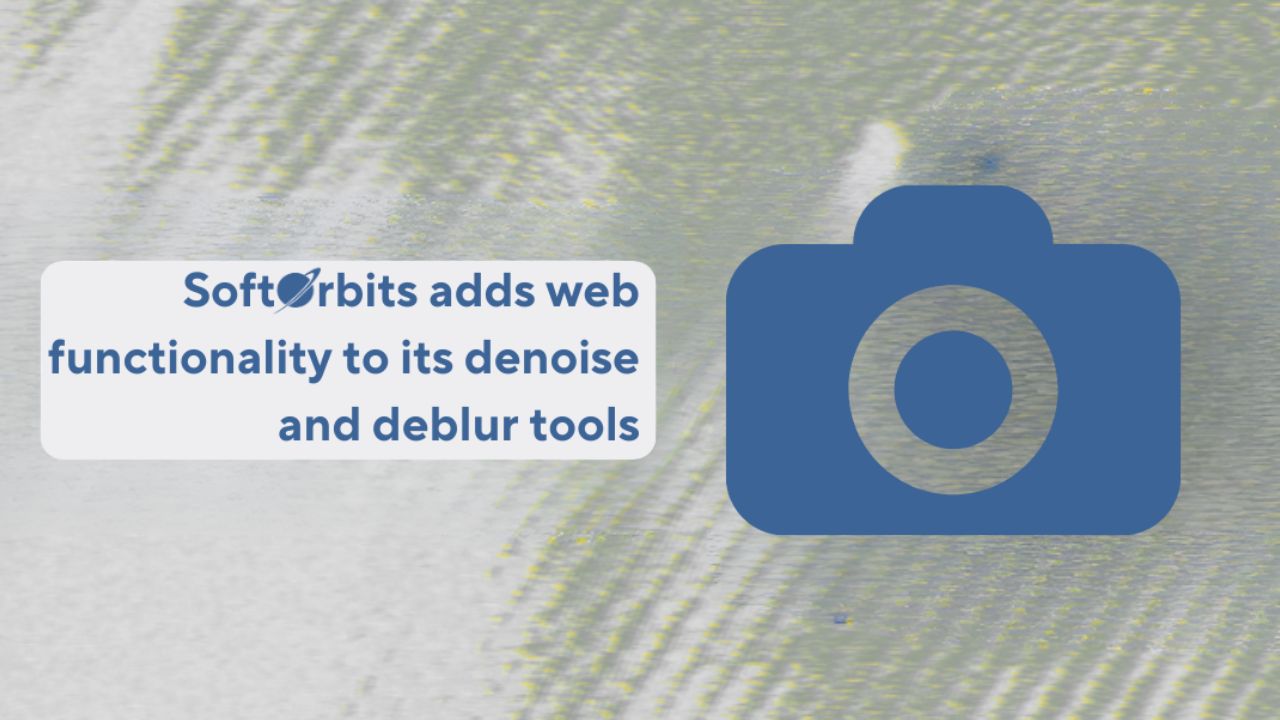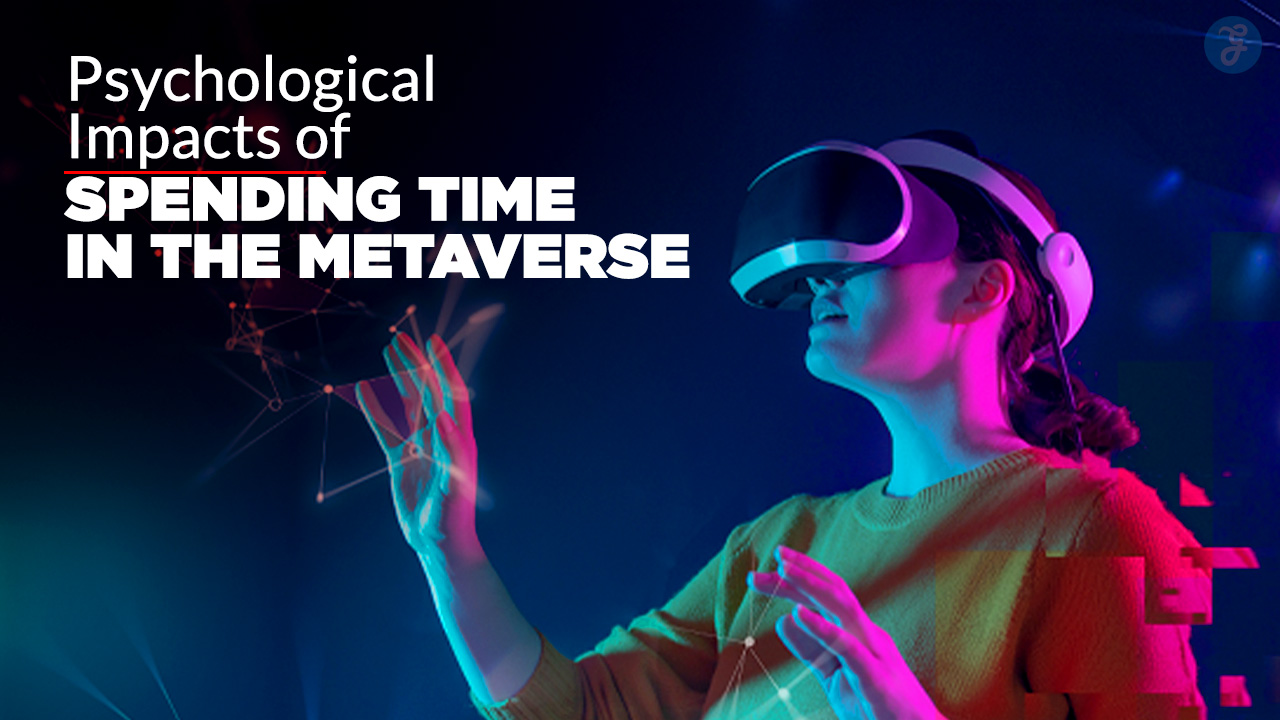Motivating employees is integral to fostering productivity, engagement, and overall satisfaction in the modern world we live in today. Employers need to integrate various strategies to incentivize their workforce, with two main categories emerging: monetary and nonmonetary incentives. While both aim to encourage the desired behaviors from employees, they operate on different principles and yield distinct outcomes at the end. Understanding the delicate balance between these two incentive types is crucial for crafting effective motivation strategies in your organization.
Monetary Incentives
Monetary incentives are perhaps the most straightforward form of motivation that employers can provide, often taking the shape of financial rewards or compensation. These incentives include, but are not limited to; bonuses, salary raises, profit-sharing schemes, and commissions. The allure of monetary incentives lies in their tangible nature; they provide employees with direct financial gains in exchange for achieving specific targets or goals. Let’s take a closer look into the effects of monetary incentives.
Pros of Monetary Incentives
- Tangible Reward: Monetary incentives offer immediate and tangible gratification, reinforcing the behaviors employers seek by directly impacting employees’ financial well-being. It’s a straigforward way to show recognition to your employees.
- Clear Metrics: Monetary incentives are often tied to measurable performance metrics, providing clarity and transparency regarding the criteria for what actions led to the receipt of the award.
- Competitive Advantage: Offering competitive monetary incentives can attract top talent and retain skilled employees, enhancing the organization’s overall competitiveness with their environment.
Cons of Monetary Incentives
- Short-term Focus: Employees may prioritize short-term gains over long-term objectives, potentially sacrificing quality or sustainability for immediate financial rewards.
- Diminished Intrinsic Motivation: Over-reliance on monetary incentives may undermine employees’ intrinsic motivation, leading to decreased job satisfaction and engagement, the opposite of the actual goal.
- Cost Implications: Implementing monetary incentives can strain the organization’s financial resources, espwcially if reward structures are not carefully planned or aligned with business objectives.
Nonmonetary Incentives: Nurturing Intrinsic Motivation
Nonmonetary incentives as opposed to monetary incentives, emphasize factors beyond simple financial compensation. These incentives focus on fulfilling employees’ psychological and emotional needs in an organization, fostering a sense of recognition, belonging, and personal growth within the workplace. Examples of nonmonetary incentives include flexible work schedules, professional development opportunities, recognition software, and meaningful feedback.
Pros of Nonmonetary Incentives:
- Increased Job Satisfaction: Nonmonetary incentives contribute to a positive work environment, fostering greater job satisfaction, morale, and overall well-being among employees.
- Sustained Engagement: By addressing intrinsic motivators such as autonomy and purpose, nonmonetary incentives promote long-term employee engagement and commitment to organizational goals.
- Cost-Effectiveness: Compared to monetary incentives, nonmonetary incentives often require fewer financial resources, making them a viable option for organizations operating within budget constraints.
Cons of Nonmonetary Incentives:
- Subjectivity: Assessing the effectiveness of nonmonetary incentives can be challenging due to their subjective nature, as individual preferences and perceptions vary widely among employees.
- Limited Impact on Financial Security: Nonmonetary incentives may not directly address employees’ financial needs or concerns, potentially diminishing their appeal, especially in economically challenging times.
- Resource Allocation: While nonmonetary incentives may be less costly in terms of financial expenditure, they still require investment in infrastructure, training, and cultural initiatives to be effective, which requires careful resource allocation regardless.
Achieving optimal employee motivation often requires finding the right balance between monetary and nonmonetary incentives, leveraging the strengths of each approach to create a comprehensive recognition strategy tailored to the organization’s unique needs and culture. By combining financial rewards with nonmonetary incentives and recognition programs, employers can create a well-rounded motivational framework that resonates with diverse employee preferences and aspirations within their organization.
Key Considerations for Integrated Incentive Strategies
- Alignment with Organizational Values: Incentive programs should align with the organization’s mission, vision, and core values. This will help reinforce a sense of purpose and collective identity amongst employees.
- Customization and Flexibility: Offering a variety of incentives allows employees to choose rewards that are meaningful for themselves, fostering a sense of autonomy and personalization in the workplace which helps employees feel valued and heard.
- Continuous Evaluation and Adaptation: Regularly assessing the effectiveness of incentive programs through employee feedback and performance metrics enables organizations to refine their strategies over time and address evolving needs and priorities wherever necessary.
To wrap things up, while monetary and nonmonetary incentives differ in their approach and impact, yet both play vital roles in driving employee motivation and lon-term organizational success. By understanding the nuances of these two incentive types and integrating them strategically that matches the needs of your organizaiton, employers can cultivate a dynamic and fulfilling work environment that empowers their workforce to thrive and contribute their best efforts towards shared goals and objectives within the organization.











































